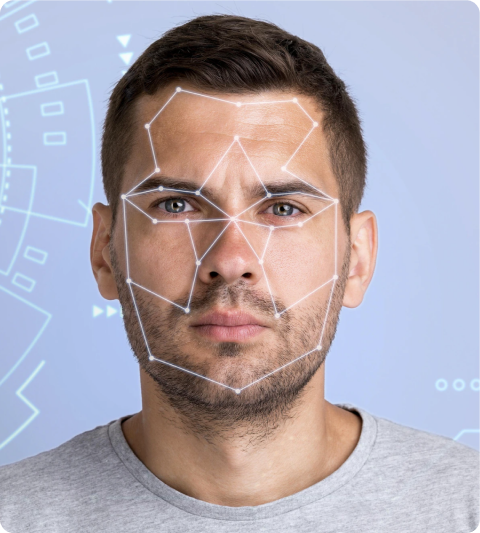ERGOSIS FACE RECOGNITION SYSTEM
The usage area of face recognition devices is quite extensive and can be easily utilized in businesses, factories, and holdings of all scales. They are progressive, technological, and the most advanced biometric products designed to date. Face recognition technology, being one of the most effective methods to increase the security level and control access, provides a more secure authentication guarantee compared to other security systems such as identity cards or passwords. This is due to the uniqueness of individuals’ faces, which is not easily imitated.
Face recognition systems cater to the security system needs of different sectors, ranging from small businesses to large facilities, private companies to public institutions. By providing advanced data collection and analysis capabilities, they can track the number of individuals or demographic information. This data can be used for security and operational analysis, leading to better decision-making. This high-level security helps reduce security threats such as identity theft and fraud.
The face recognition system provides more reliable authentication against fraud attempts by using the unique features of faces. It becomes more challenging for fraudsters or unauthorized individuals to gain access to the system. While increasing the security level, face recognition security systems provide user-friendly operation. Widely used in organizations and applications of various scales, it offers a fast, secure, and effective identity verification process.

